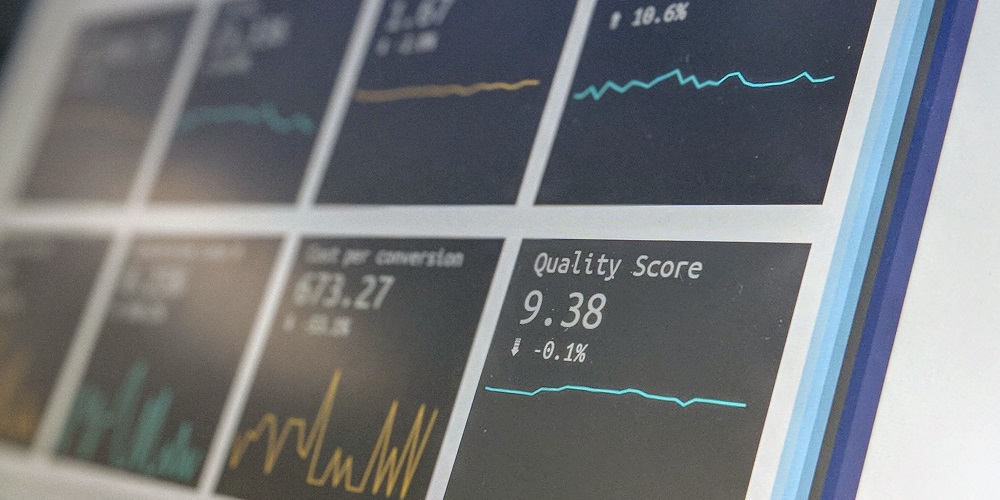
If all models – the mathematical and scientific sort – are wrong, then why use them? The reason is that by focusing on the big picture we can ignore some details that are inconsequential. This concept has been elegantly implemented in business writer Josh Kaufman’s book The Personal MBA.1 After only reading the first 40 pages the book was sparking ideas for me. Like this blog post. Kaufman introduces and explains why particular business models are relevant to business and why some outdated models are no longer relevant.
“All models are wrong, but some are useful.” –George E. P. Box, statistician2
This got me to thinking. My chosen profession since 1999 has been quality, with a big “Q.” Quality systems have been influential to how I think about business organizations and how these organizations deliver value. Depending upon the particular organization, quality may or may not be influential in management decision-making. Ultimately, it depends upon what is understood as quality. There may be more urgent tactical actions than those related to quality if the organization’s product or service quality is acceptable – it may not be perfect, but if it’s acceptable then that’s good enough.
Next, I match Josh Kaufman’s The 5 Parts of Every Business to the elements of popular quality management systems. In this book, Kaufman identified value creation, marketing, sales, value delivery and finance as those business essentials. In turn, I’ve selected three popular quality management systems in healthcare to compare them to:
- ISO 9001:2015 Quality management systems – requirements3
- 21 CFR 211 CURRENT GOOD MANUFACTURING PRACTICE FOR FINISHED PHARMACEUTICALS4
- 21 CFR 820 QUALITY SYSTEM REGULATION [finished medical devices]5
The International Organization for Standardization (ISO) describes the ISO 9001:2015 standard as being applicable:
when an organization:
a) needs to demonstrate its ability to consistently provide products and services that meet customer and applicable statutory and regulatory requirements, and
b) aims to enhance customer satisfaction through the effective application of the system, including processes for improvement of the system and the assurance of conformity to customer and applicable statutory and regulatory requirements.
All the requirements of ISO 9001:2015 are generic and are intended to be applicable to any organization, regardless of its type or size, or the products and services it provides.3
ISO 9001:2015 is used by over 1 million organizations worldwide6 to ensure that products and services meet customer, statutory and regulatory requirements. These organizations are certified to this standard, being audited by Registrars to ensure effective implementation of the quality management system.
The table below lists the business elements from The 5 Parts of Every Business. The three quality management systems being evaluated are listed to the right of the business element. If the business element is within the scope of the quality management system, then there is a checkmark. If the business element is not within the scope of the quality management system, then there is an X.
| 5 Parts of Every Business | ISO 9001:2015 | GMP for Finished Pharmaceuticals
21 CFR 211 |
QSR – Finished Medical Devices
21 CFR 820 |
| Create Value
|
√ | √ | √ |
| That People Want or Need
|
√ | √ | √ |
| At a Price They’re Willing to Pay
|
X | X | X |
| Satisfying the Customer’s Needs and Expectations
|
√ | √ | √ |
| So That There Is Enough Profit so That It Is Worthwhile to Continue
|
X | X | X |
This comparison of the five parts of every business with different quality management systems shows that there is some amount of overlap, except for business element 3, at a price they’re willing to pay, and element 5, so that there is enough profit so that it is worthwhile to continue.
Quality management systems haven’t always turned a blind eye to generating revenue or profit. In fact, early proponents of quality proposed cost savings as a primary argument for adopting quality as a management practice. Six Sigma continues to identify cost savings and improved productivity as essential benefits to implementing Six Sigma DMAIC (Define, Measure, Analyze, Improve, Control) projects.
How do we resolve the fact that quality isn’t free? We treat quality as a business investment, with a return on investment. A business investment to meet customer expectations and to comply with statutory and regulatory requirements.
We started out considering that a model can be inaccurate, or wrong, and still be useful. Consider that quality management is one out of many disciplines necessary to manage a business organization. But being one of many, all disciplines need to be implemented to achieve effectiveness. Optimizing any single discipline but not achieving effectiveness in all disciplines limits organizational performance. As shown in the table, quality management systems address many aspects of organizational performance but they do not address all aspects of organizational performance.
References
- Kaufman, J. (n.d.). What Are The ‘5 Parts of Every Business’? Retrieved from http://book.personalmba.com/5-parts-of-every-business/.
- All models are wrong. (2019, May 30). Retrieved from https://en.wikipedia.org/wiki/All_models_are_wrong.
- ISO 9001:2015. (2015, September 01). Retrieved from https://www.iso.org/standard/62085.html.
- CFR – Code of Federal Regulations Title 21 PART 211 CURRENT GOOD MANUFACTURING PRACTICE FOR FINISHED PHARMACEUTICALS. (n.d.). Retrieved from https://www.accessdata.fda.gov/scripts/cdrh/cfdocs/cfcfr/CFRSearch.cfm?CFRPart=211&showFR=1&subpartNode=21:4.0.1.1.11.1, Source: 43 FR 45077, Sept. 29, 1978.
- CFR – Code of Federal Regulations Title 21 PART 820 QUALITY SYSTEM REGULATION. (n.d.). Retrieved from https://www.accessdata.fda.gov/scripts/cdrh/cfdocs/cfcfr/CFRSearch.cfm?CFRPart=820&showFR=1&subpartNode=21:8.0.1.1.12.1, Source: 61 FR 52654, Oct. 7, 1996.
- ISO 9000 family – Quality management. (2019, May 17). Retrieved from https://www.iso.org/iso-9001-quality-management.html.